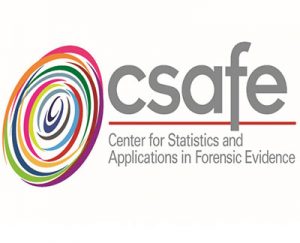The American Association for the Advancement of Science released a letter and an article inviting the Department of Justice to build on its recent approval of “Uniform Language for Testimony and Reports” to be used by its forensic examiners in statements about analyses of forensic latent fingerprint evidence conducted in its labs.
AAAS CEO Rush Holt stated, “some of the new [DOJ] measures constitute much-needed and welcome changes relating to the testimony or statements examiners are permitted to offer in latent finger print analyses.”
However, is still “no scientific basis for estimating the number of individuals who might have a particular pattern of features; therefore, there is no scientific basis on which an examiner might form an expectation of whether an arrangement comes from the same source,” said Holt. “The proposed language fails to acknowledge the uncertainty that exists regarding the rarity of particular fingerprint patterns. Any expectations that an examiner asserts necessarily rest on speculation, rather than scientific evidence.”
Holt proposes that the Justice Department’s guidelines should instead instruct examiners to avoid conclusory language and unsupportable claims in favor of language that reflects scientific uncertainty in matching outcomes and processes.
Such language would allow examiners to note when two fingerprints display “a great deal of detail with no differences,” Holt proposed. Yet, such an observation would have to be accompanied with the admission that, “there is no way to determine how many other people might have a finger with a corresponding set of ridge features, but it is my opinion that this set of features would be unusual.”


Leave a Reply